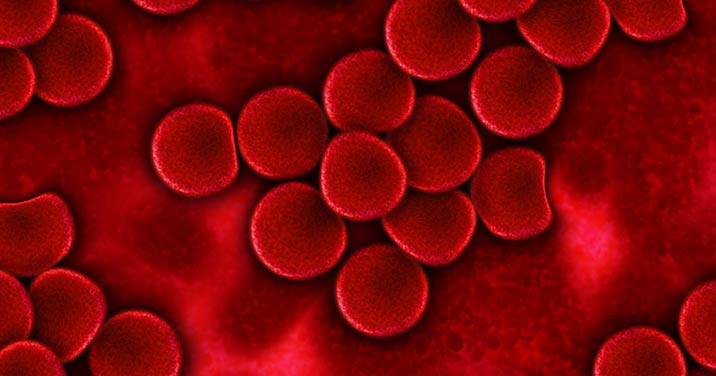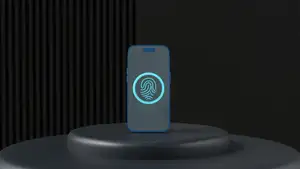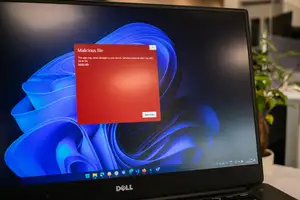
How About a Personal Movie of Living Cells?
In truth, the very idea of a movie, not to mention a personal movie of living cells would have been scoffed at as a fantastical idea just a few short years ago. Nowadays? Not so much. Here’s what this is all about: researchers at Uppsala University have developed a technology that makes such a feat a very real possibility. For the record, take note of the fact that Uppsala University is a top ranked research and education facility found in Uppsala, Sweden. Interestingly, Uppsala University is the oldest of the universities in all of the Nordic countries having first opened its doors back in 1477.
Anyway, here is the latest finding about the study of living cells that Uppsala University has uncovered. But first, take note of the fact that to truly understand the processes and interactions of living cells something more than a static view is needed. That something more is what is now referred to as “Live Cell Imaging”. As you might well imagine, the use of Live Cell Imaging technology allows for the direct observation and even recording of cell behavior. Not surprisingly, the response of living cells to different treatments such as medications or even suspected toxins is an important component of such research.
Yet up until just recently, the technology for such living cell observations was for the most part prohibitively expensive. However, the researchers at Uppsala University have discovered a rather unique technology to combine 3D printing technology along with the common everyday smartphone to make live cell imaging rather inexpensive. For the record, the live cell imaging consists of but a few basic parts. There is the standard off the shelf university microscope. There are a few off the shelf basic electronic parts. There a few specially engineered parts manufactured from 3D printers. And lastly, there is the ubiquitous smartphone.
You can find a complete writeup of the work by the Uppsala University researchers in the latest issue of the open journal PLOS ONE. The fact that PLOS ONE is an open source, open access peer reviewed scientific journal means that the findings of Uppsala University researchers are freely available for other researchers around the world.
This live cell imaging technology breakthrough by Uppsala University is quite notable. For one, the Uppsala University researchers dramatically reduced the cost associated with live cell imaging. Second, the fact that the Uppsala University research team chose to share their findings with the world through PLOS ONE means that basic cell interactions can be understood faster and easier.









